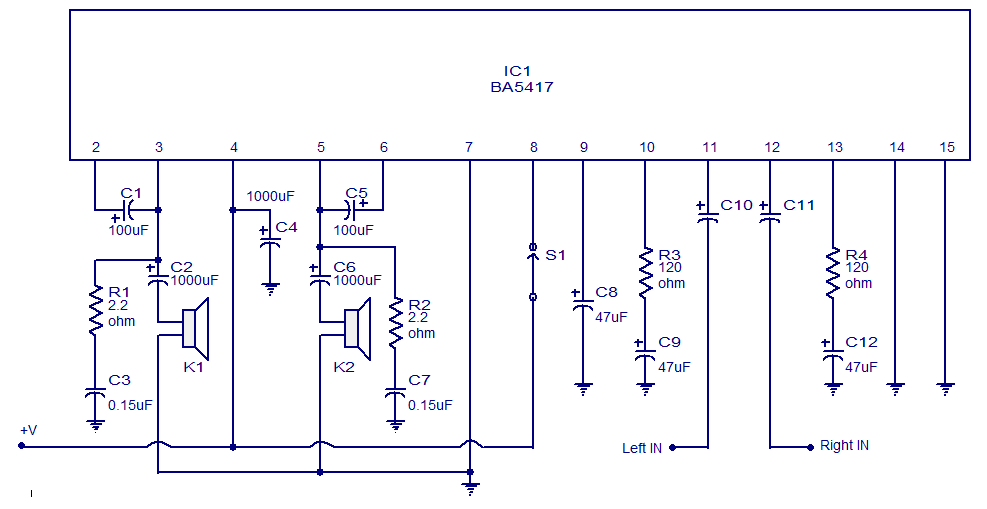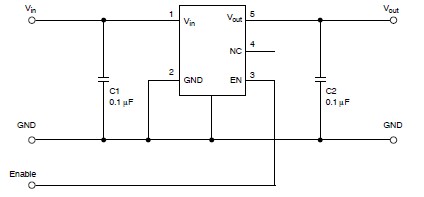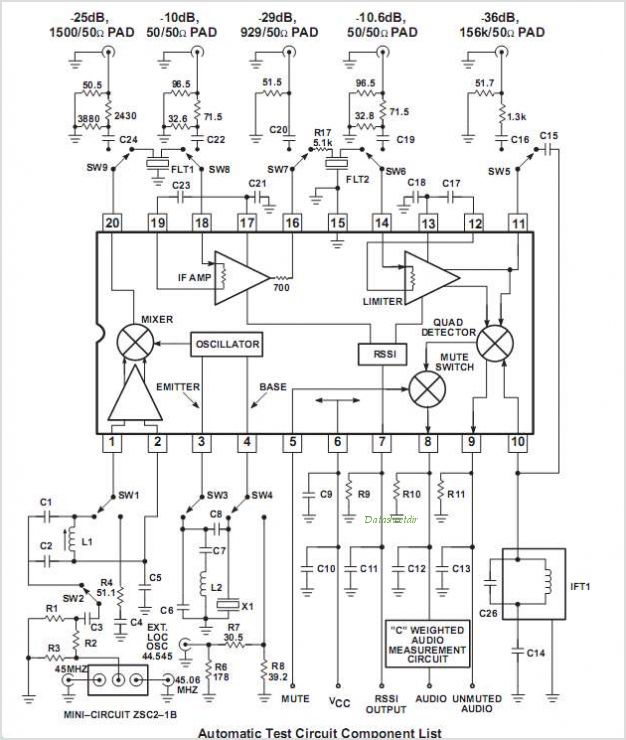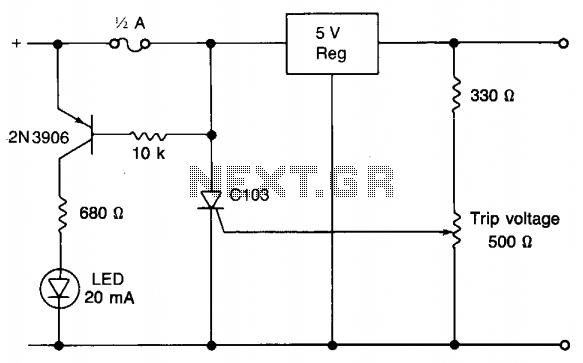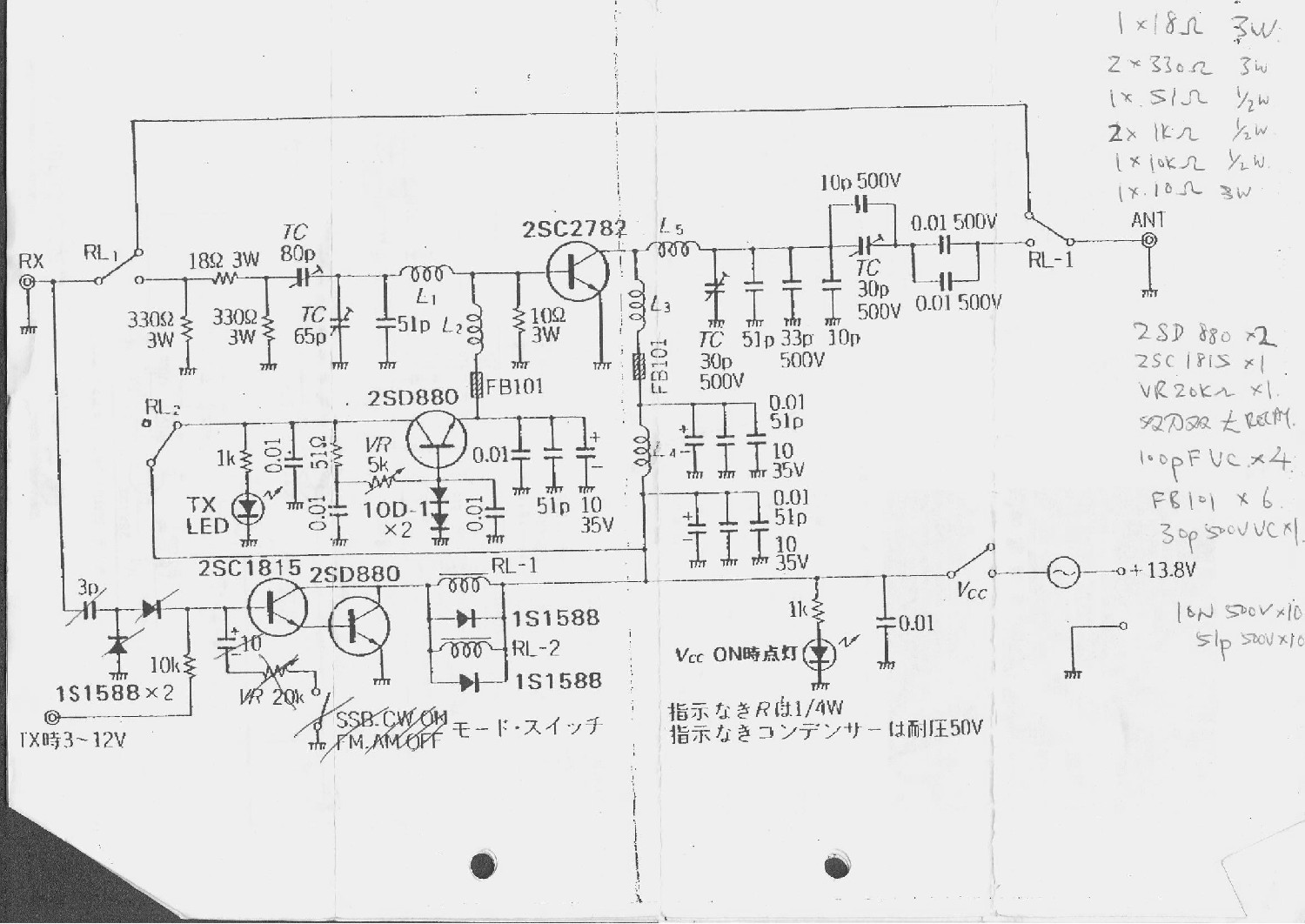
Solar power related schematics
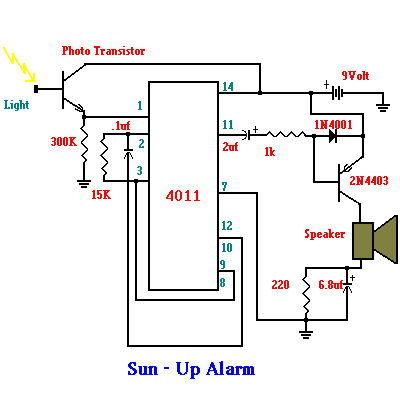
A current meter is employed to measure the current generated by a solar panel, exhibiting minimal power loss for currents within the 0-10A range. It also serves as a general-purpose DC current meter. The Gate Boost Solar Engine utilizes a 1381, a 2N7000 MOSFET, and a 2N3906 transistor, incorporating a unique voltage doubler to enhance the gate voltage of the MOSFET. The photovoltaic solar battery regulator and load controller facilitate the connection of solar cell arrays to conventional lead-acid, sealed lead-acid, or lithium storage batteries, preventing overcharging. This device enables two distinct electrical loads to be powered from the batteries at varying charge states, optimizing power usage efficiency. A pyranometer to current converter circuit is designed to transform low-level DC signals from a pyranometer into DC current suitable for long cable metering, utilizing a TLV2451 rail-to-rail input/output operational amplifier manufactured by Texas Instruments. The solar cell battery charger circuit ensures voltage regulation and isolation while charging lead-acid batteries with a solar cell, particularly effective for solar panels under 100 watts when paired with an appropriate transistor. Furthermore, a solar charger circuit for lead-acid batteries is intended for small and portable applications. An energy meter is employed to quantify the amount of AC energy produced by a photovoltaic power system, utilizing a photocoupler attached to an electromechanical energy meter to detect revolutions. The solar panel charge controller and low voltage disconnect circuit connect a solar panel to a 12-volt lead-acid battery, regulating battery charging and preventing overcharging. The solar garden light employs NiCad batteries charged by solar cells via a 1N5817 Schottky diode, featuring a CDS light-sensitive resistor and a PNP transistor to control LED power. Solar-powered robots operate solely on light, eliminating the need for batteries, using readily available components such as transistors, resistors, capacitors, solar batteries, and flashing LEDs. The Sun-Up Alarm functions as an audible alert for sunrise or light detection, capable of sensing light beams and headlights. Additionally, the Educypedia Supply generates a 5V output from low-voltage solar cell power, employing a two-stage, high-efficiency MAX866 step-up DC-DC converter and a MAX1771 boost controller to operate under full load with input voltages as low as 0.8V.
The current meter designed for solar panel applications is essential for monitoring the performance of solar energy systems. Its low power loss characteristic ensures accurate measurements without significantly affecting the solar panel's output. This is particularly critical in applications where efficiency is paramount, such as in off-grid solar installations.
The Gate Boost Solar Engine is a sophisticated circuit that amplifies the control voltage provided to the gate of the MOSFET, enabling higher efficiency in power conversion. The integration of the 1381 voltage reference, alongside the MOSFET and PNP transistor, facilitates a reliable voltage doubling mechanism. This design allows for enhanced control over the power delivery to connected loads, optimizing the performance of solar energy systems.
The photovoltaic solar battery regulator and load controller plays a pivotal role in managing the charging process of various types of batteries. By preventing overcharging, this device extends the lifespan of the batteries and ensures safe operation. The ability to drive two different electrical loads from the batteries at varying states of charge maximizes the utilization of generated solar energy, making it an invaluable component in solar energy systems.
The pyranometer to current converter circuit is particularly useful in applications requiring long-distance signal transmission. By converting low-level DC signals into a usable current, this circuit ensures that accurate readings can be taken without signal degradation over long cable runs.
The solar cell battery charger circuit is designed for efficiency, particularly for smaller solar panels. It incorporates voltage regulation and isolation features to protect the batteries during the charging process. This is crucial for maintaining battery health and ensuring that they are charged safely and effectively.
The solar energy meter provides valuable data regarding the performance of photovoltaic systems, allowing users to monitor energy production. The integration of a photocoupler with an electromechanical meter enhances measurement accuracy, providing real-time feedback on system performance.
The solar panel charge controller and low voltage disconnect circuit are essential for protecting lead-acid batteries from overcharging. By regulating the charging process, this circuit ensures that batteries are charged to a safe voltage level, preventing damage and extending their operational life.
In solar garden lights, the use of Schottky diodes for charging NiCad batteries ensures efficient energy transfer from solar cells. The incorporation of light-sensitive resistors and transistors allows for automated control of LED lighting, providing an energy-efficient solution for outdoor lighting applications.
Solar-powered robots exemplify the potential of solar energy in practical applications. Utilizing common electronic components, these robots demonstrate how solar energy can power devices without the need for traditional batteries.
The Sun-Up Alarm is a versatile device that can serve multiple functions, from providing alerts for sunrise to detecting light sources. Its design allows for easy integration into various applications where light detection is required.
Finally, the Educypedia Supply showcases the capability of modern circuits to generate stable supply voltages from low input voltages, utilizing advanced DC-DC converter technology. This is particularly beneficial in low-power applications where efficiency and reliability are crucial.Current meter used to measure the current from a solar panel. It has very low power loss for currents in the 0-10A range. It also works as a general purpose DC current meter Gate Boost Solar Engine The Gate Boost SE uses a 1381, a 2N7000 MOSFET and a 2N3906 with a unique voltage doubler to increase the voltage applied to the gate of the MOSFET. P hotovoltaic Solar Battery Regulator and Load Controller This device allows solar cell arrays to be connected to either conventional lead-acid, sealed lead-acid, or lithium storage batteries without fear of overcharging. It allows two different electrical loads to be driven from the batteries at two different charge states to maximise power usage efficiency Pyranometer to Current Converter Build a micropower circuit that converts low level DC signal from pyranometer to DC current for long cable metering.
The circuit was built with TLV2451, rail-to-rail input/output opamp made by TI Solar Cell Battery Charger This Circuit will allow for Voltage Regulation and Isolation when Charging Lead Acid Batteries with a Solar Cell. This Circuit will be most useful for Solar Panals of less than 100 watts, and when using a suitable transistor in it, Solar Cell Circuits Solar charger for lead-acid batteries This circuit is intended for charging sealed lead-acid batteries with a solar panel in small and portable applications Solar energy meter The meter measures amount of AC energy produced by photovoltaic power system.
It uses photocoupler attach to electromechanical energy meter to detect the number of revolution, Solar energy meter Solar charger for lead-acid batteries This circuit is intended for charging sealed lead-acid batteries with a solar panel in small and portable applications Solar panel charge controller/low voltage disconnect circuit the charge controller is used to connect a solar panel to a 12 volt lead acid battery, it regulates the charging of the battery and allows the battery to be charged up to a preset voltage. This prevents the battery from over-charging and boiling off electrolyte Solar Garden Light Autopsy The NiCads are charged by the solar cells through a 1N5817 schottky diode with a low forward voltage drop.
On the top of the unit next to the solar cells is a CDS light sensitive resistor. A PNP transistor Q1 controls power to the LED, pdf file Solar panel charge controller/low voltage disconnect circuit the charge controller is used to connect a solar panel to a 12 volt lead acid battery and a DC load, it regulates the charging of the battery and allows the battery to be charged up to a preset voltage Solar robots The fallowing robots are powered only by light, which means no batteries are required. Make your own solar powered robot at home using things you probably already have. Transistors, resistor, capacitor, solar battery and flashing LED are available at any electronic store Sun-Up Alarm The Sun - Up Alarm can be used to provide a audible alarm for when the sun comes up or it can be used in a dark area and detect when a light comes on.
It can also be used to detect a light beam, headlights etc, . , Light intensity sensor, Educypedia Supply Generates 5V from Low-Voltage Solar-Cell Power This application note describes generating 5V supply voltage from very low input voltage of solar cells. Two stage, high efficiency, MAX866 step-up DC-DC converter and MAX1771 boost controller are used to start up and provide 5V rail under full load and as low as 0.
8V input voltage 🔗 External reference
The current meter designed for solar panel applications is essential for monitoring the performance of solar energy systems. Its low power loss characteristic ensures accurate measurements without significantly affecting the solar panel's output. This is particularly critical in applications where efficiency is paramount, such as in off-grid solar installations.
The Gate Boost Solar Engine is a sophisticated circuit that amplifies the control voltage provided to the gate of the MOSFET, enabling higher efficiency in power conversion. The integration of the 1381 voltage reference, alongside the MOSFET and PNP transistor, facilitates a reliable voltage doubling mechanism. This design allows for enhanced control over the power delivery to connected loads, optimizing the performance of solar energy systems.
The photovoltaic solar battery regulator and load controller plays a pivotal role in managing the charging process of various types of batteries. By preventing overcharging, this device extends the lifespan of the batteries and ensures safe operation. The ability to drive two different electrical loads from the batteries at varying states of charge maximizes the utilization of generated solar energy, making it an invaluable component in solar energy systems.
The pyranometer to current converter circuit is particularly useful in applications requiring long-distance signal transmission. By converting low-level DC signals into a usable current, this circuit ensures that accurate readings can be taken without signal degradation over long cable runs.
The solar cell battery charger circuit is designed for efficiency, particularly for smaller solar panels. It incorporates voltage regulation and isolation features to protect the batteries during the charging process. This is crucial for maintaining battery health and ensuring that they are charged safely and effectively.
The solar energy meter provides valuable data regarding the performance of photovoltaic systems, allowing users to monitor energy production. The integration of a photocoupler with an electromechanical meter enhances measurement accuracy, providing real-time feedback on system performance.
The solar panel charge controller and low voltage disconnect circuit are essential for protecting lead-acid batteries from overcharging. By regulating the charging process, this circuit ensures that batteries are charged to a safe voltage level, preventing damage and extending their operational life.
In solar garden lights, the use of Schottky diodes for charging NiCad batteries ensures efficient energy transfer from solar cells. The incorporation of light-sensitive resistors and transistors allows for automated control of LED lighting, providing an energy-efficient solution for outdoor lighting applications.
Solar-powered robots exemplify the potential of solar energy in practical applications. Utilizing common electronic components, these robots demonstrate how solar energy can power devices without the need for traditional batteries.
The Sun-Up Alarm is a versatile device that can serve multiple functions, from providing alerts for sunrise to detecting light sources. Its design allows for easy integration into various applications where light detection is required.
Finally, the Educypedia Supply showcases the capability of modern circuits to generate stable supply voltages from low input voltages, utilizing advanced DC-DC converter technology. This is particularly beneficial in low-power applications where efficiency and reliability are crucial.Current meter used to measure the current from a solar panel. It has very low power loss for currents in the 0-10A range. It also works as a general purpose DC current meter Gate Boost Solar Engine The Gate Boost SE uses a 1381, a 2N7000 MOSFET and a 2N3906 with a unique voltage doubler to increase the voltage applied to the gate of the MOSFET. P hotovoltaic Solar Battery Regulator and Load Controller This device allows solar cell arrays to be connected to either conventional lead-acid, sealed lead-acid, or lithium storage batteries without fear of overcharging. It allows two different electrical loads to be driven from the batteries at two different charge states to maximise power usage efficiency Pyranometer to Current Converter Build a micropower circuit that converts low level DC signal from pyranometer to DC current for long cable metering.
The circuit was built with TLV2451, rail-to-rail input/output opamp made by TI Solar Cell Battery Charger This Circuit will allow for Voltage Regulation and Isolation when Charging Lead Acid Batteries with a Solar Cell. This Circuit will be most useful for Solar Panals of less than 100 watts, and when using a suitable transistor in it, Solar Cell Circuits Solar charger for lead-acid batteries This circuit is intended for charging sealed lead-acid batteries with a solar panel in small and portable applications Solar energy meter The meter measures amount of AC energy produced by photovoltaic power system.
It uses photocoupler attach to electromechanical energy meter to detect the number of revolution, Solar energy meter Solar charger for lead-acid batteries This circuit is intended for charging sealed lead-acid batteries with a solar panel in small and portable applications Solar panel charge controller/low voltage disconnect circuit the charge controller is used to connect a solar panel to a 12 volt lead acid battery, it regulates the charging of the battery and allows the battery to be charged up to a preset voltage. This prevents the battery from over-charging and boiling off electrolyte Solar Garden Light Autopsy The NiCads are charged by the solar cells through a 1N5817 schottky diode with a low forward voltage drop.
On the top of the unit next to the solar cells is a CDS light sensitive resistor. A PNP transistor Q1 controls power to the LED, pdf file Solar panel charge controller/low voltage disconnect circuit the charge controller is used to connect a solar panel to a 12 volt lead acid battery and a DC load, it regulates the charging of the battery and allows the battery to be charged up to a preset voltage Solar robots The fallowing robots are powered only by light, which means no batteries are required. Make your own solar powered robot at home using things you probably already have. Transistors, resistor, capacitor, solar battery and flashing LED are available at any electronic store Sun-Up Alarm The Sun - Up Alarm can be used to provide a audible alarm for when the sun comes up or it can be used in a dark area and detect when a light comes on.
It can also be used to detect a light beam, headlights etc, . , Light intensity sensor, Educypedia Supply Generates 5V from Low-Voltage Solar-Cell Power This application note describes generating 5V supply voltage from very low input voltage of solar cells. Two stage, high efficiency, MAX866 step-up DC-DC converter and MAX1771 boost controller are used to start up and provide 5V rail under full load and as low as 0.
8V input voltage 🔗 External reference
